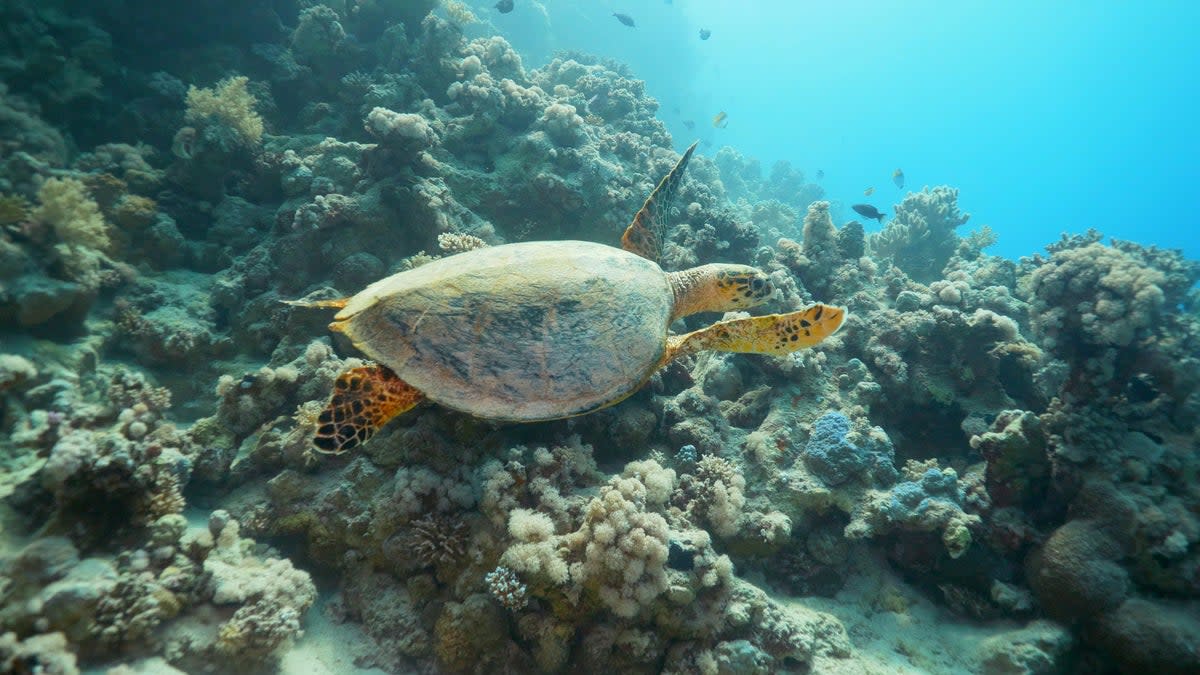Secret sounds of sea creatures ‘talking’ discovered by scientists

A scientist has found that sea creatures previously thought to be silent can actually communicate.
The 53 sea creatures were found to be able to send messages all along, but humans hadn’t made the step to listen to them, scientist Gabriel Jorgewich-Cohen suggests.
He used microphones to record the species, including turtles, where he found they communicated when they wanted to mate or hatch from the egg. The findings claim to re-write some of what we know about evolution.
The findings suggest that all vertebrates that breathe through their noses and use sound to communicate descended from a single ancestor 400 million years ago.
Mr Jorgewich-Cohen, a PhD student at University of Zurich, Switzerland began his work with a hunch that marine animals might communicate with sound. He used sound and video equipment to record 53 species in captivity around the world, including at Chester Zoo in England.
The creatures included 50 turtles, a tuatara, a lungfish and a caecilian.
It had been thought that all these animals were silent but Mr Jorgewich-Cohen suggests they went unheard because their sounds were hard to detect.
“We know when a bird sings. You don’t need anyone to tell you what it is. But some of these animals are very quiet or make a sound every two days,” he told BBC News.
Mr Jorgewich-Cohen added that humans have a bias towards creatures that live on land and so they ignored species underwater.
Video recorded of the animals when they made noise allowed him to connect sound with an associated behaviour - to distinguish from accidental sounds that don’t send a message.
“Sea turtles will sing from within their egg to synchronise hatching,” he explained. “If they call from inside, they all come out together and hopefully avoid being eaten.”
Turtles also make noises to indicate they want to mate, he said, pointing to videos of turtle mating sounds that are popular on social media.
Mr Jorgewich-Cohen also recorded tuataras making sounds to protect their territory. He then began to consider what the discovery revealed about the evolution of noise-making animals.
Using a technique called phylogenetic analysis, Mr Jorgevich-Cohen traced back the relationship between noise-making animals.
He concluded that all acoustic communication in vertebrates descended from a single ancestor 400 million years ago, which was the Devonian period when most species lived underwater.
That contrasts to recent work that traced communicative sound to several different species 200 million years ago.

